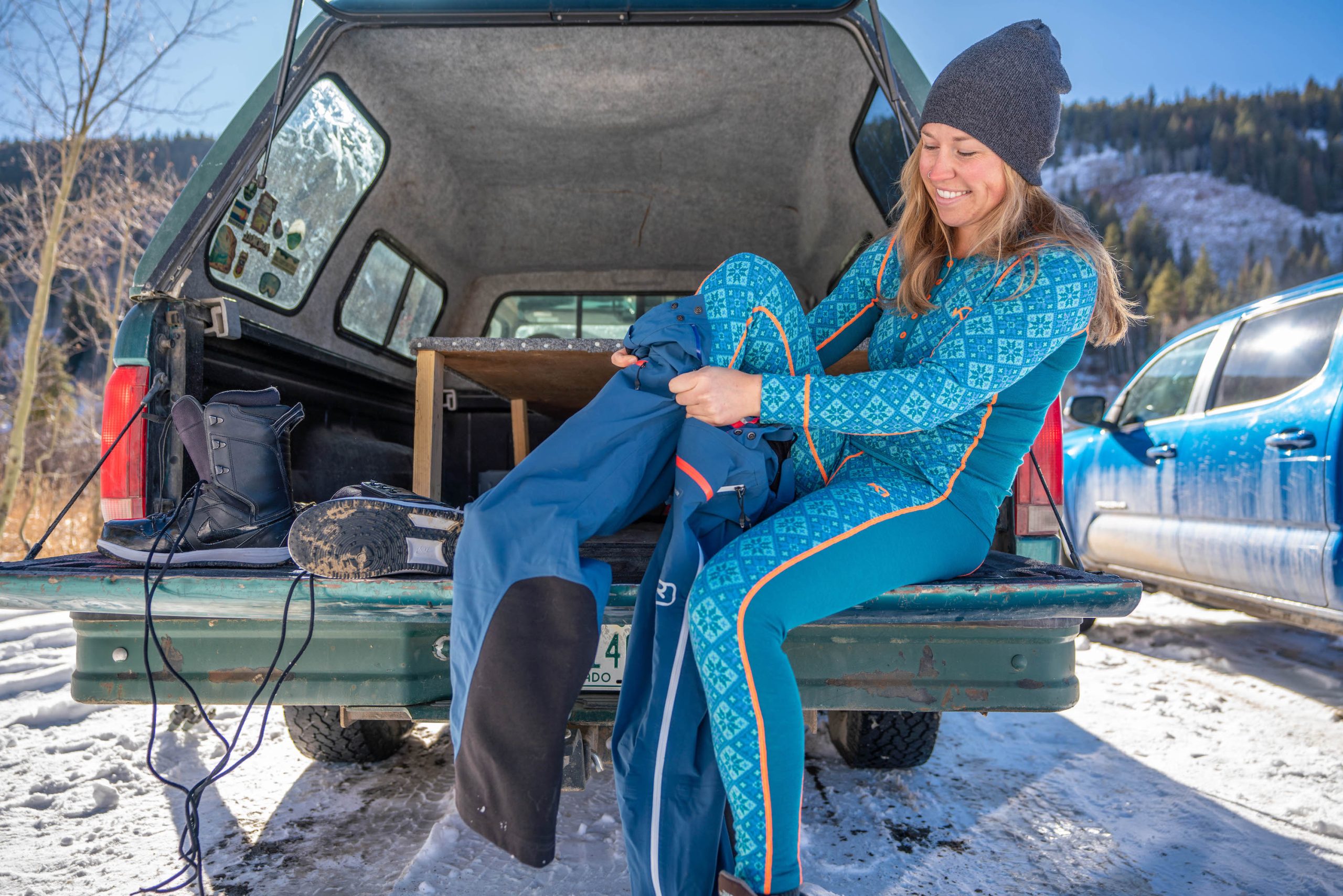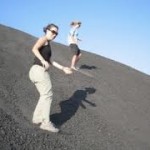
 Running down a mountain slope is a risk we should run only in cases of extreme urgency, for example, whether to report a serious accident where you met the wounded , or if we are to escape an impending landslide or avalanche . That is, in cases of force majeure or life or death.
Running down a mountain slope is a risk we should run only in cases of extreme urgency, for example, whether to report a serious accident where you met the wounded , or if we are to escape an impending landslide or avalanche . That is, in cases of force majeure or life or death.
Running down a slope, where the situation is pressing, but there path or paths, in other circumstances can be very dangerous. If there is no road or path set, and is a rugged mountainous terrain with stones, rocks, snow or ice, is nothing short of suicide.
As always, there are other exceptions, in this case sports. This is mountain runners (cross country, raids, trail running, etc..) Discipline that increasingly grows more popular. These athletes are accustomed to running in rough terrain with lightweight footwear that
protects your ankles.
But I must say that besides being true professionals who often risk their ankles and other parts of the body to any twists or falls, in turn, will have little or no weight on their backs, which generally opposed to a climber or a hiker. A rambling climber or running with some weight behind them, are more at risk of losing your balance or joint injury that someone who does not carry any weight.
For those who think it’s fun to run down … the reason we give them: yes, it is. The question is are you willing to change a fun time for a leg, stay paralyzed or die trying directly? Is in each make that decision … but then do not say that they are not advised 😉
A final exemption on high speed descents, the descents are fairly level (less than 45%), progressive and clear (to decrease over a large flat surface with no obstacles) and in turn covered with snow that can be to skating. In such cases, even without skis can slide down sitting or, if you are fluent in body balance, feet, skating. Many climbers use this technique to speed up declines in small sections that otherwise would consume precious minutes during the return. In such cases, you can use a trekking pole, ski, ice axes, pickets, etc.. circumstances as a brake for (dragging in the snow) to some extent control the rate of descent while having a point of additional support.



